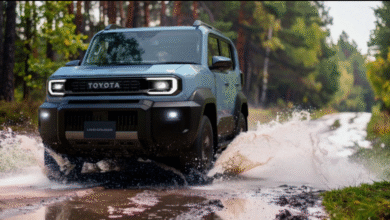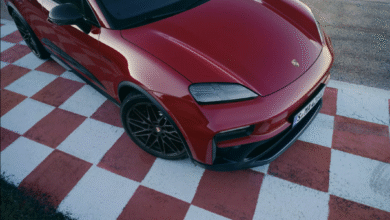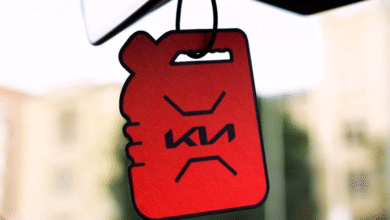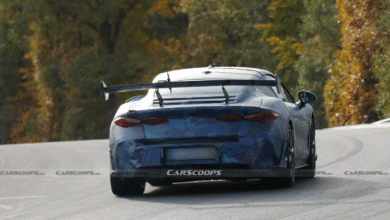Renault Holds Strong in a Depressed Automotive Market, Banking on the R5 for Growth
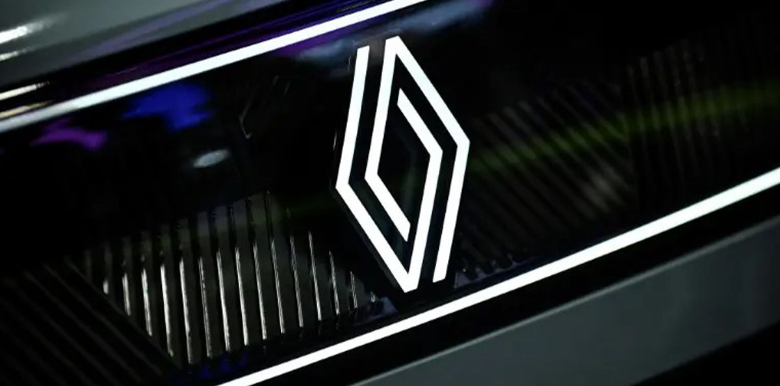
In a sluggish automotive market, the Renault Group held steady in the third quarter with better-than-expected results, thanks in part to new model releases. The company aims to accelerate growth over the coming months with a series of new launches.
On Thursday, the French automaker reported a slight increase in revenue (+1.8% year-on-year) for the quarter, totaling €10.7 billion. Sales for Renault and Dacia brands declined less than the market average, boosted by the launch of new models such as the electric Renault Scenic, the Symbioz SUV, the Rafale, and the latest version of the Dacia Duster.
“The product offensive is becoming visible,” emphasized Renault’s CFO Thierry Piéton during a press conference. Investors reacted positively, with Renault shares rising 6.28% on the Paris Stock Exchange to €42.80 on Thursday morning.
Resilience Amidst Market Challenges
Defying the broader European auto market trends, Renault maintained its targets for 2024, aiming for an operating margin above 7.5% and free cash flow exceeding €2.5 billion. September saw many industry giants like Volkswagen, Stellantis, and BMW downgrading their outlooks due to slowing sales and production issues after record profits in previous quarters.
Renault, after hitting a historic deficit in 2021, has now achieved three strong quarters, bolstered by its premiumization strategy. Despite price pressures, Renault maintained its pricing in Q3, choosing to enhance vehicle features rather than offer discounts, Piéton explained.
The company has kept up a series of model launches and substantial advertising campaigns. It expects to see positive results by late 2024, with “strong growth” in its activity, according to Piéton. Renault is particularly counting on the boost from its new R5 electric vehicle, launched in September and showcased at the Paris Motor Show.
Following the premium trims, the small-battery model of the R5 is scheduled for early 2025. Renault also plans to update its Captur SUV and launch a new Dacia SUV, the Bigster, in the first half of 2025, positioned at a higher price (starting at €25,000). Renault’s order book remains “robust” in Europe, with approximately two months’ worth of projected sales and room for growth.
“We’re focused on execution. It’s crucial to ship all vehicles on time and keep factories running at full capacity,” Piéton highlighted. Renault’s electric lineup will expand in 2025 with the Renault 4 and Alpine A390 SUVs.
Optimism for 2025
The group has reached a “low point” in electric vehicle sales (7.6% of total sales in Q3) following the phase-out of older models like the Zoe, Twingo, and the first-generation Dacia Spring. Piéton stated that Renault is preparing to meet EU CO2 standards by 2025, though CEO Luca de Meo has voiced concerns over these regulations.
Renault, without curtailing gasoline car sales, expects to leverage its hybrid lineup success in 2025. The group ranks second in Europe for hybrids, just behind Toyota and ahead of Stellantis. Renault’s premium Alpine brand recorded 3,333 registrations of its A110 sports car so far in 2024 (+16.5% year-on-year) and has seen a “good start” in orders for its electric A290, designed to compete with the Mini.
Despite some negative currency effects in the third quarter, Renault’s revenue benefitted from higher interest rates, which bolstered its vehicle financing service by 21.6% to €1.3 billion.
For more on Renault’s performance, visit their official financial reports page.

